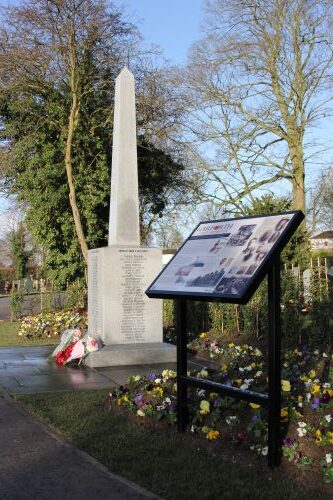St Mary’s Church History
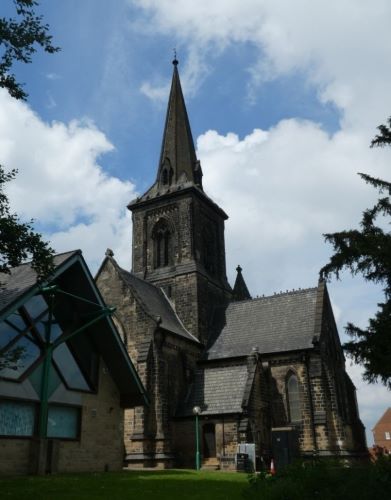
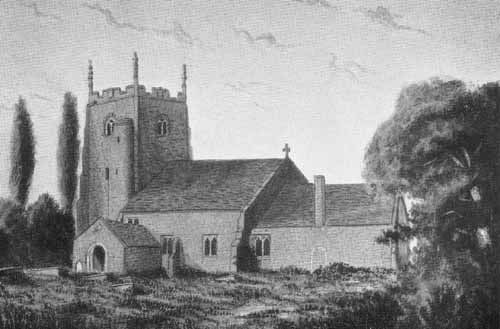
Little is known of the first Church but it’s likely Garforth had a church in Saxon times as one is mentioned in the Domesday Book. During demolition of the old church some remnants of an Early English Church c.1200, were found so the current church would appear to be the third built on this site.
The current Church was built in 1845, the foundation stone having been laid on Monday 22nd July 1844.
It was funded by voluntary subscriptions, the Chief Subscriber was the Gascoigne Family.
Work was completed in 1845 and the Church was consecrated on 14th November 1845 by Bishop of Ripon Dr. Longley who later became Archbishop of Canterbury
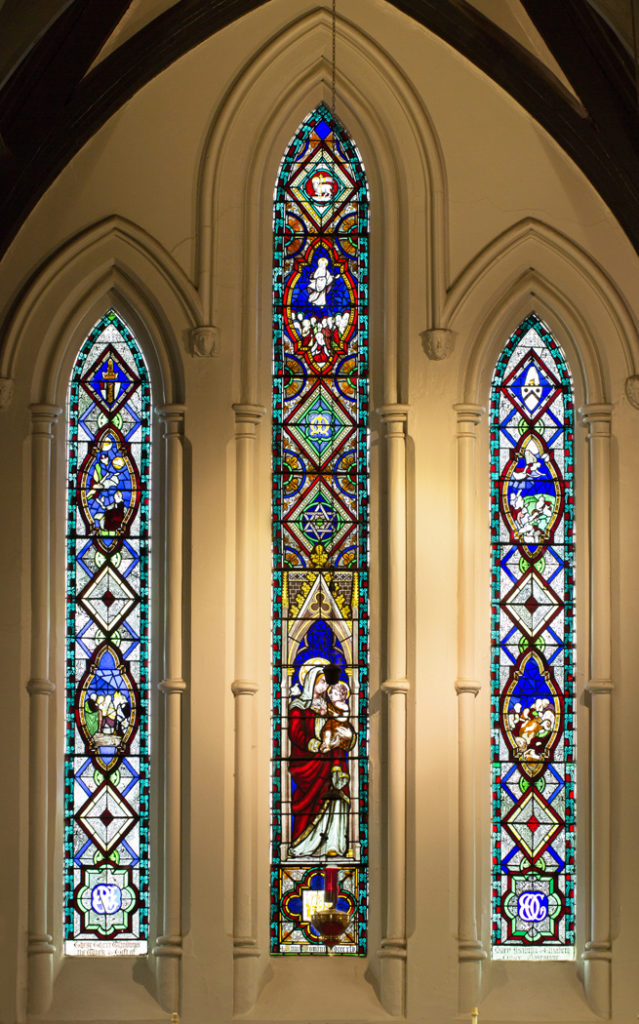
In 1845 the Gascoigne sisters, Elizabeth and Isabella gifted the east three lancet stained glass window depicting the The Virgin and Child and Annunciation and Ascension. The Architect, John Fowler Jones, donated the glass for the vesica above the east window.
The church consists of a nave , aisles, transepts, chancel with vestry on the south side and a tower with a broad spire containing 4 bells, the fourth being added to the three from the old church as a gift. A clock was built into the gable end of the north transept. The Church with its 120ft high tower is a landmark seen from miles around.
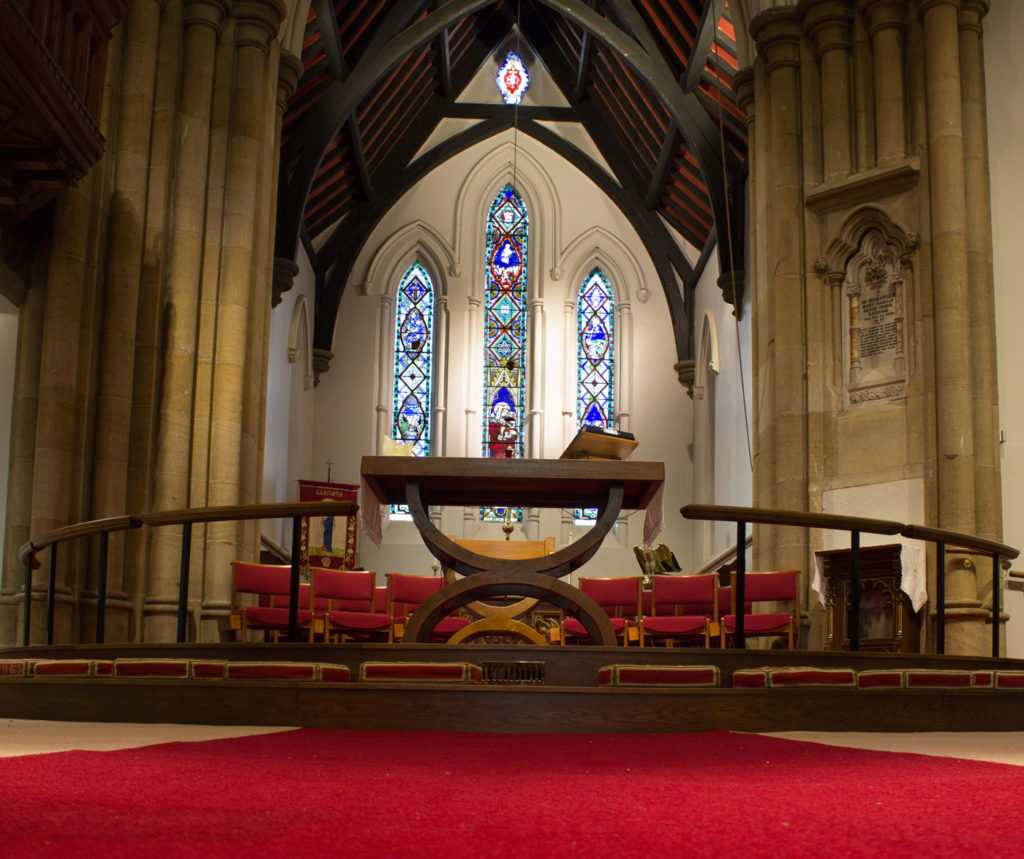
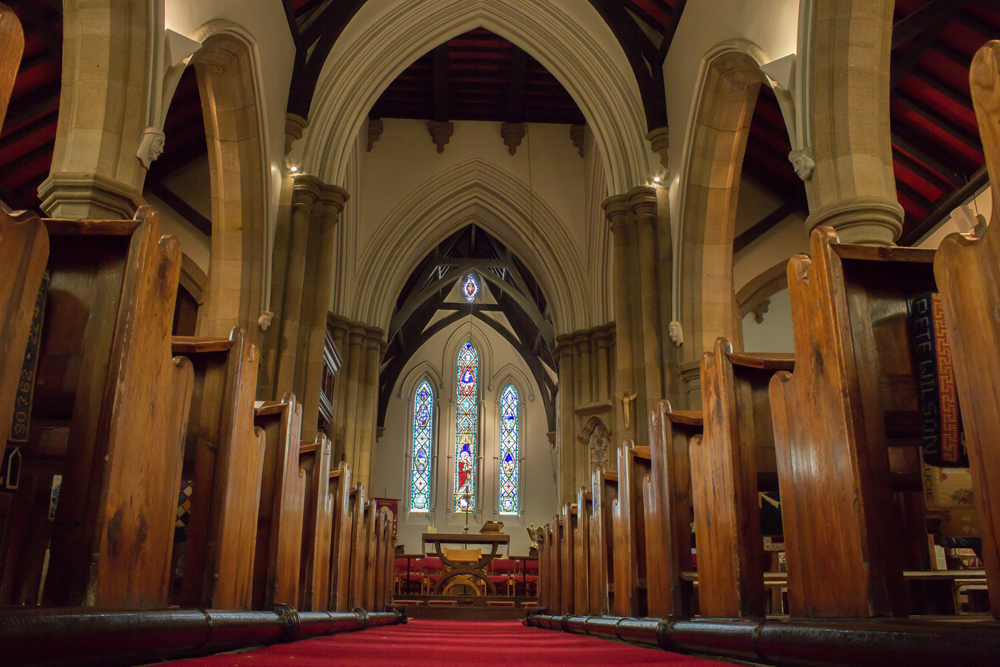
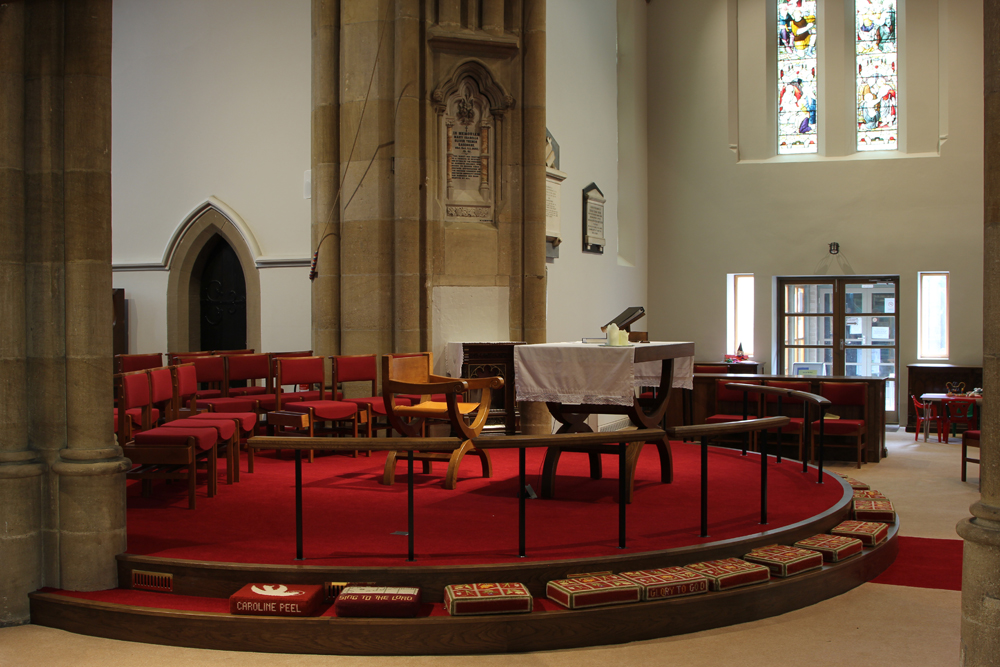
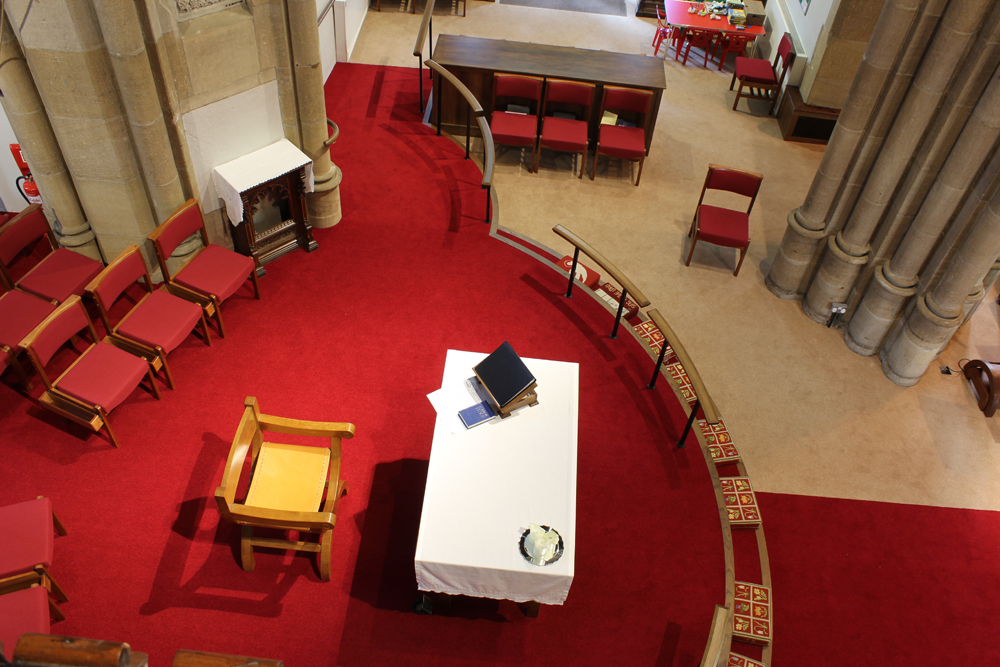
Significant Dates
1797-1834 John Whittaker was Rector – During this time the Old Rectory was demolished and replaced with a larger one. Stood on the site of Old Peoples flats opposite west end of the Church.
1844 23rd June Old Church last used for Worship.
1844 22nd July Foundation Store Laid
1845 New Church Built
1866 First Organ Loaned to Church by Mrs Gascoigne
1874 New Organ installed in what is now Choir Robing Room Paid for from proceeds of a bazaar held by Gascoignes at Parlington Park – Consecrated 12th Feb 1874
1884 Gallery Installed in North Transept and Organ moved there.
1891 Pulpit of Huddlestone stone erected when church was built, was moved to north west corner of the crossing where the present oak pulpit now stands.
1891 Brass Lecturn replaced original Oak Lecturn made in 1878
1919 War Memorial Plaque Recorded Soldiers lost in WW1- Provided byColGascoigne
1926 Electricity Installed
1936 Storm caused £50 of damage Ecclesiastical Ins. refused claim “An Act of God”
1950 Wooden Tablet erected to commemorate Servicemen Lost in WW2
1970 Parish Hall Extended
1972 Present Rectory Built
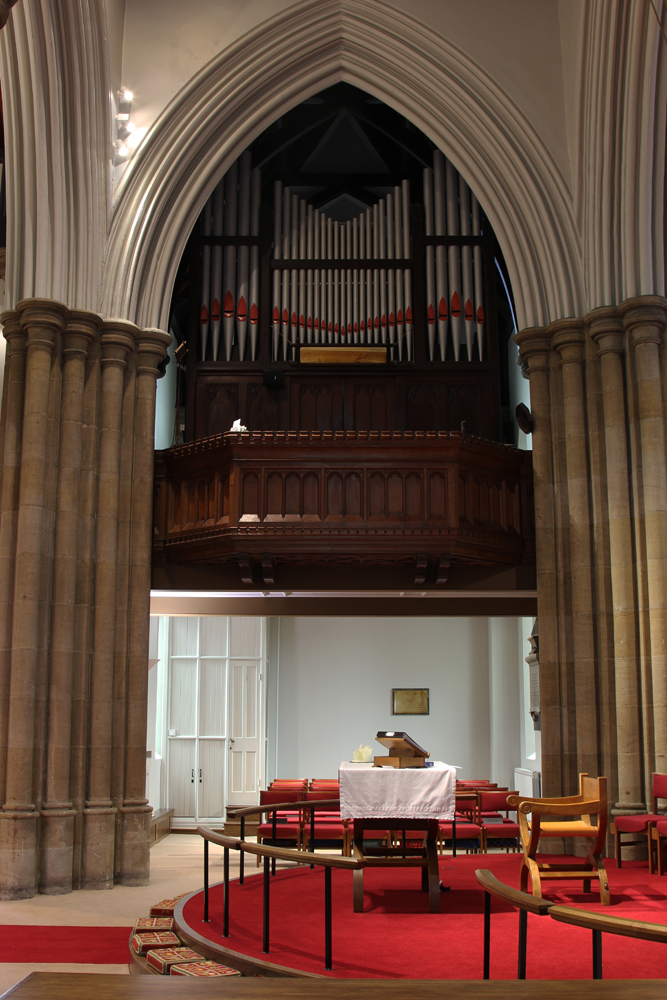
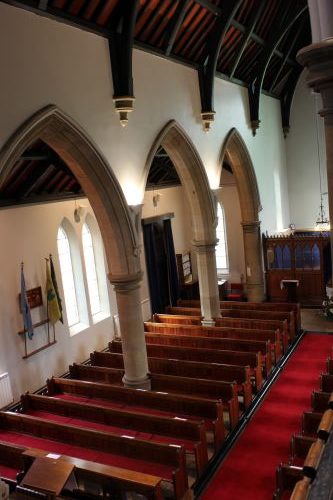
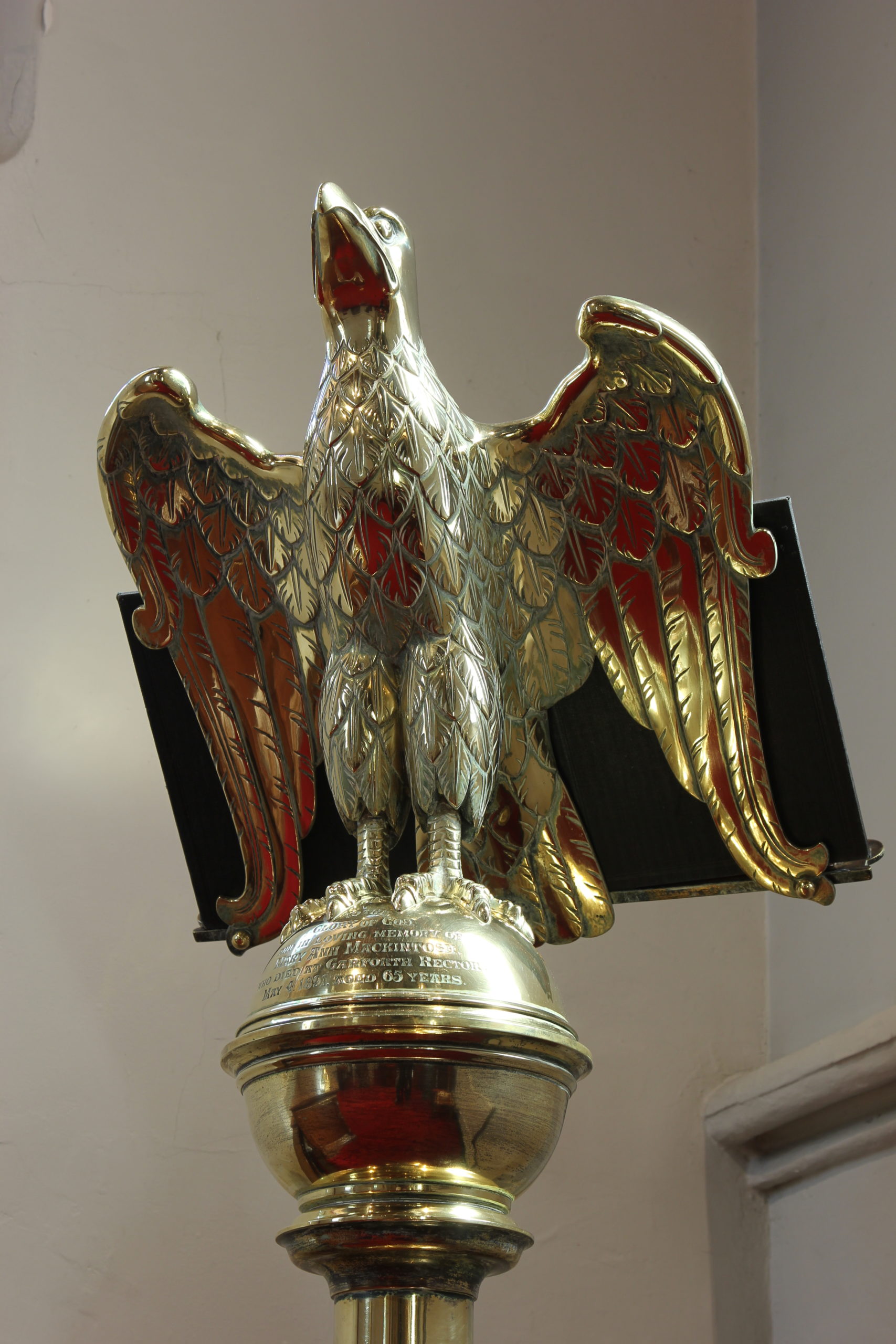
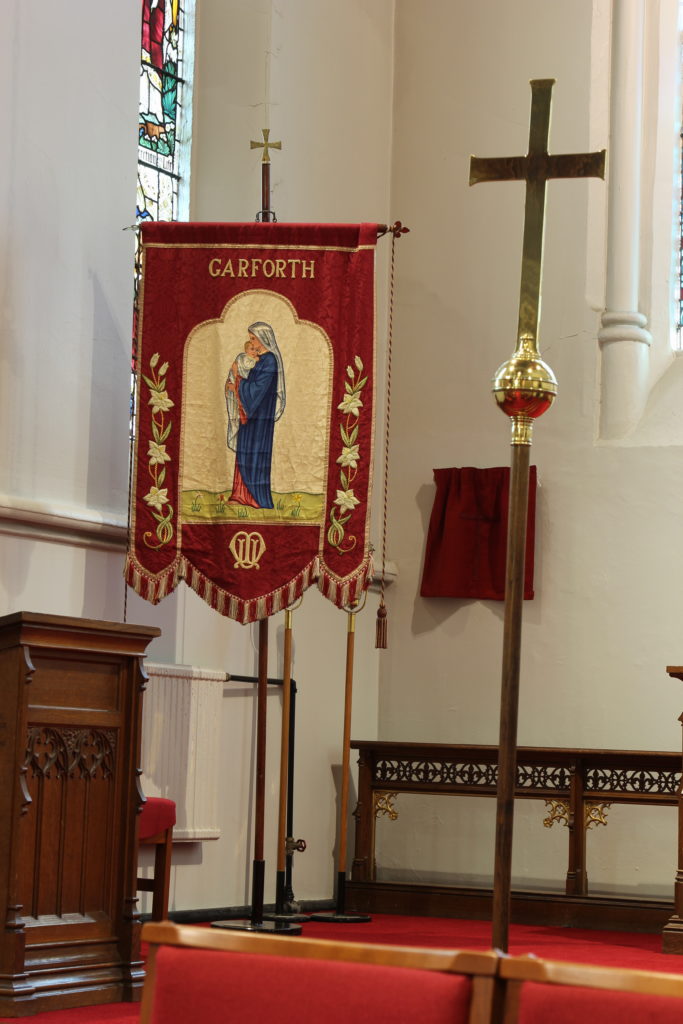
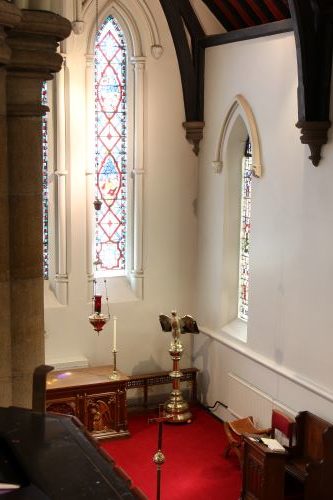
Garforth Roll of Honour
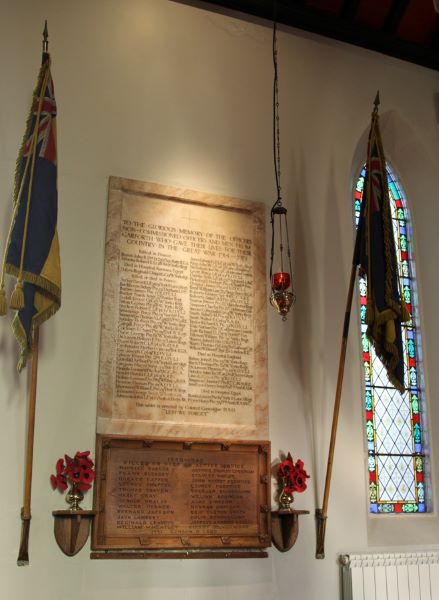
A Marble War Memorial Plaque was financed by Col Gascoigne to record the soldiers lost in WW1
A Wooden tablet was erected and dedicated in 1950 to commemorate Servicemen Lost in WW2
New War Memorial was erected in Garforth Cemetery in February 2018 to mark Centenary of the end of WW1.
